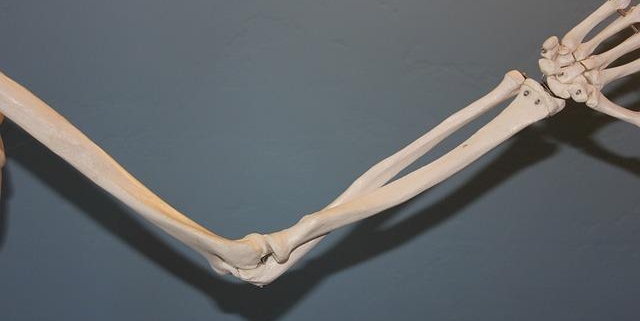
Elbow Dislocation
Overview
Elbow dislocation is a common injury that occurs when the upper arm bone (humerus) is forced out of the groove (the olecranon) in the elbow joint. This can result in extreme pain and sudden disability. It is considered the second most common major joint dislocation, after shoulder dislocation.
Types
There are two basic types of elbow dislocation. A partial dislocation, medically known as subluxation, is when the elbow joint is partially moved from its normal position. A complete dislocation is more severe and occurs when the joint surfaces are totally separated.
Causes
Elbow dislocations can happen due to several reasons. However, they’re usually caused by traumatic events, such as:
-
- Falling onto an outstretched hand
-
- Direct blows to the elbow
-
- Sudden twisting of the arm when the hand is grounded or immovable
Sports and motor vehicle accidents are also common causes of elbow dislocation.
Symptoms
Individuals with elbow dislocation may feel a pop or tear followed by severe pain in their elbow. Physical symptoms may include:
-
- Visible deformation of the elbow
-
- Swelling and bruising
-
- Inability to bend the arm
-
- Numbness or tingling in the hand
Diagnosis
A diagnosis of elbow dislocation is generally made through a combination of physical examination and X-rays. The doctor will check for a pulse in the wrist, as damage to arteries in the arm can often accompany an elbow dislocation. In severe cases, a CT scan or MRI might be required for a more detailed evaluation.
Treatment Options
Treatment for elbow dislocation usually involves a process called reduction, where a doctor carefully moves the arm back into place. Options for treatment include:
-
- Non-surgical treatment: This might include pain medication, a splint or a cast to stabilize the joint, and ice to reduce swelling. Once the joint is stable, physical therapy can be started to restore elbow movement.
-
- Surgical treatment: Surgery may be necessary if there is a fracture of the bones that make up the elbow or if the elbow is unstable after being relocated. Surgery can also be needed to repair any damaged ligaments.
Living With Elbow Dislocation
Managing an elbow dislocation involves a combination of medical treatment, rest, and rehabilitation. Here are some tips for living with an elbow dislocation:
-
- Adhere to your physical therapy: It is crucial for restoring strength and flexibility to your elbow.
-
- Rest your arm: Try to avoid activities that could cause further injury.
-
- Take your medications as prescribed: Taking your pain medications as directed by your healthcare provider can reduce discomfort and swelling.
When to Seek Help
It is important that you seek immediate medical attention if you suspect an elbow dislocation. The signs include:
-
- Severe elbow pain
-
- Sudden visible deformity of the elbow
-
- Loss of sensation or ability to move the arm
Neglecting an untreated elbow dislocation could lead to chronic instability, arthritis, or a loss of function, so timely medical intervention is crucial.
